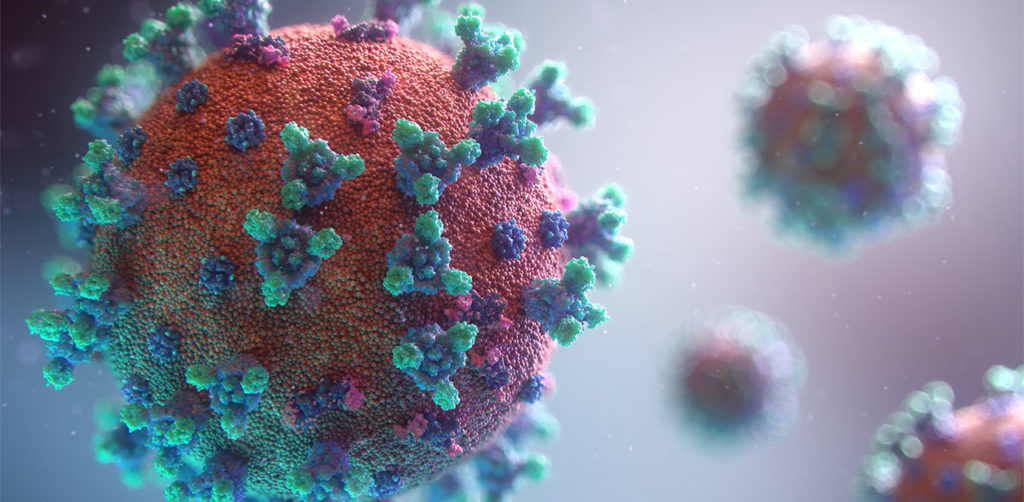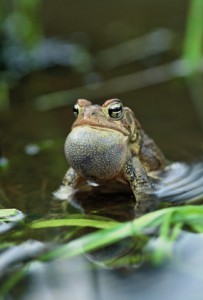
When the COVID-19 pandemic descended on New York in March 2020, Christopher Mason, PhD, knew he was in a unique position to contribute. The Mason Lab specializes in sequencing and computational methods in functional genomics – valuable expertise for addressing an emerging infectious disease. Within days, Chris and his team were helping to analyze patient data, as well as developing new tests and detection methods for the SARS-CoV-2 virus.

The Mason Lab developed protocols for a simple COVID-19 detection test that requires less time and equipment than common PCR methods. Their subsequent preprint detailing these methods quickly gained widespread attention, and Chris found himself fielding an endless stream of questions and requests.
During the frenzy, Chris received a call from his older brother. Cory Mason is the mayor of Racine, Wisconsin, the brothers’ hometown.
“He said he saw me tweeting about our new test,” Chris says. “Then he asked me, ‘What if we set it up here in Wisconsin?’’
Continue reading “Rapid COVID-19 Testing, International Collaboration, and a Family Favor”
